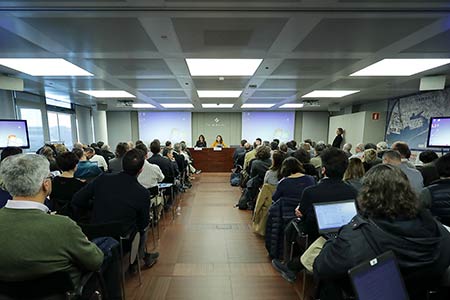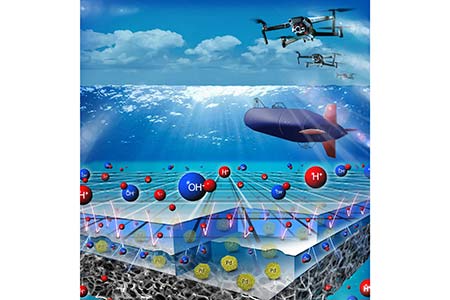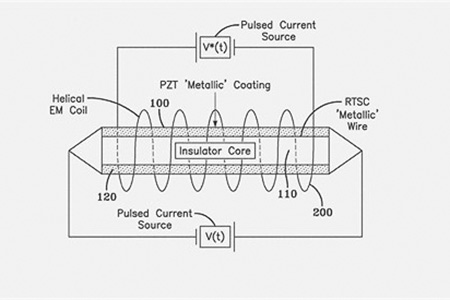
SAI-Number: 2019/302
Monday, March 11 2019

A new ‘water fuel’ for hydrogen cars promises a range of 1,000 km between charges
Its objective is to have twice the yield, be 50% cheaper and 100% ecological, and also be included in the field of lithium-ion batteries or compressed hydrogen. Now ‘only’ needs to be made to work on a large scale.
First tests, in 2020
¿Did you know that…?
Agenda
11-15 March 2019 Sitges (Spain)
12-13 March 2019 Technische Universität Braunschweig (Germany)
12-14 March 2019 Düsseldorf (Germany)
14-15 March 2019 Lisbon (Portugal)
19 March 2019 NEC, Birmingham (UK)
26-29 March 2019 Madrid (Spain)
31 March-4 April 2019 New Orleans, Louisiana (USA)
Spanish Fuel Cells Association – APPICE https://appice.es
If you cannot see correctly this message click here sai-302-en
To unsubscribe the newsletter write to socialmedia@appice.es




